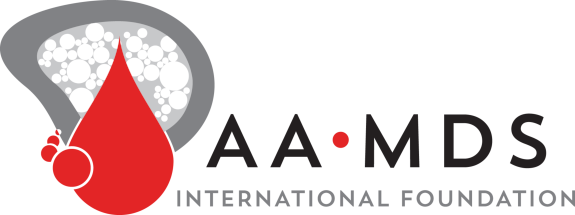“Mom, it’s too late. I’m dying.”
My husband Rick and I knew Jake was not feeling well. He kept denying it and saying he was fine. A bloody nose scared me, and then I remembered how my brother-in-law had them as a child and thought it was hereditary. Then his high school said he had another. He began to ask us if he looked pale. We said that he did. He also was coughing and seemed lethargic. We encouraged him to go to the doctor, but he said he was fine.





